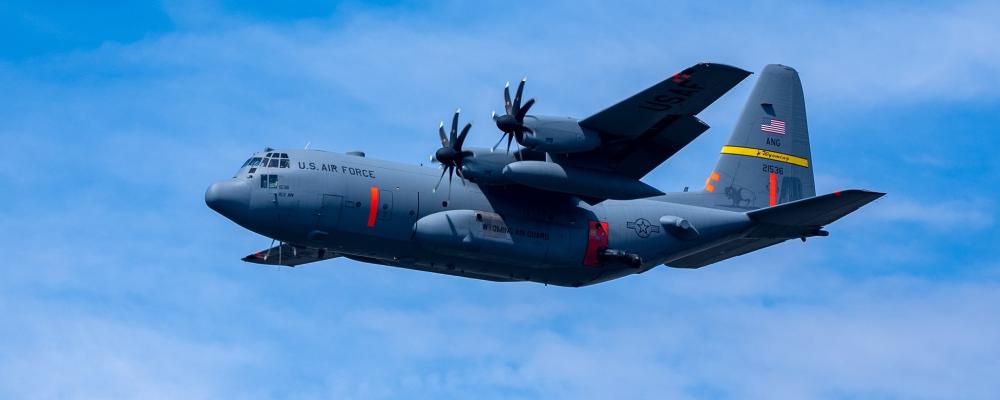
LOS ANGELES — Army Sgt. Ricardo Hernandez watched from a cross street as sporadic traffic passed on the Pacific Coast Highway near Pacific Palisades. The late afternoon sun glinted off his sunglasses as a man on a bicycle rode up to his location.
A light-wheeled vehicle mechanic with the 149th Chemical Company, California Army National Guard, Hernandez’s duty — staffing a traffic control point — was different than his normal duties under the hood.
The man on the bike — a resident looking for updated information on the wildfires that devastated the Los Angeles area — was like many who approached Hernandez at the checkpoint.
"I referred him to a website where he could find that information," he said.
Hernandez was one of the roughly 600 Soldiers of Task Force 49 — made up primarily of Soldiers with the California Guard’s 49th Military Police Brigade — who were responsible for safety and security in many areas impacted by the wildfires.
"We currently have two missions: traffic control points and we also have roving patrols," said Army Lt. Col. Manny Arino, the commander of TF 49.
Both missions are designed to prevent looting and people returning to areas that local authorities haven’t cleared yet, he said.
"Because of the damage that they have in these areas, it’s just not safe for the public to come in right now," he said.
More than 2,700 Guardsmen have responded to the wildfires. Besides security operations, Guardsmen have assisted in firefighting efforts on the ground and in the air.
Ground efforts were undertaken by Task Force Rattlesnake, a joint task force that integrates California Army and Air Guardsmen with CALFIRE, the state agency responsible for wildfire response.
"CALFIRE offers us facilities, training, captains and stuff like that, while the California National Guard offers the Soldiers who volunteer to go out there and fight wildfires," said Army Staff Sgt. Deng Deng of the Headquarters and Headquarters Company of the California Army Guard's 79th Infantry Brigade Combat Team. Deng is also a TF Rattlesnake member.
Air Guard aircrews flew C-130 Hercules aircraft equipped with the Modular Airborne Fire Fighting System. Nestled in an aircraft's cargo area, MAFFS can drop 3,200 gallons of fire retardant or water in seconds.
"Basically, we provide an aerial firefighting capability, again, in support of civil assets," said Air Force Lt. Col. Matt Schwegel, a C-130 pilot with the 152nd Airlift Wing, Nevada Air Guard.
Four units — three Air Guard and one Air Force Reserve — fly the MAFFS mission with eight aircraft.
The Air Guard units include Schwegel’s unit, the California Air Guard's 146th Airlift Wing and the Wyoming Air Guard’s 153rd Airlift Wing. All eight aircraft and their crews were called in to support wildfire response efforts in the Los Angeles area.
Schwegel said flying the MAFFS mission is a direct application of the skills used to fly combat missions, and it hones the pilots’ abilities.
Guardsmen also participated in mop-up efforts after the fires, ensuring burning embers were extinguished and repairing damage from initial firefighting efforts.
"I have two Soldiers that were impacted, directly impacted, by this fire," Arino said, adding he told them they didn't need to be part of the response mission. "One of them lost his house. They wanted to come out here and be part of the mission."
— By Sgt. 1st Class Jon Soucy, National Guard Bureau












